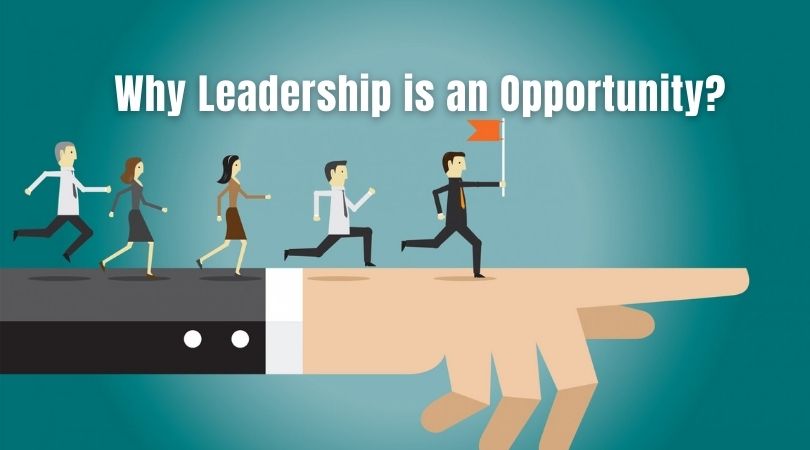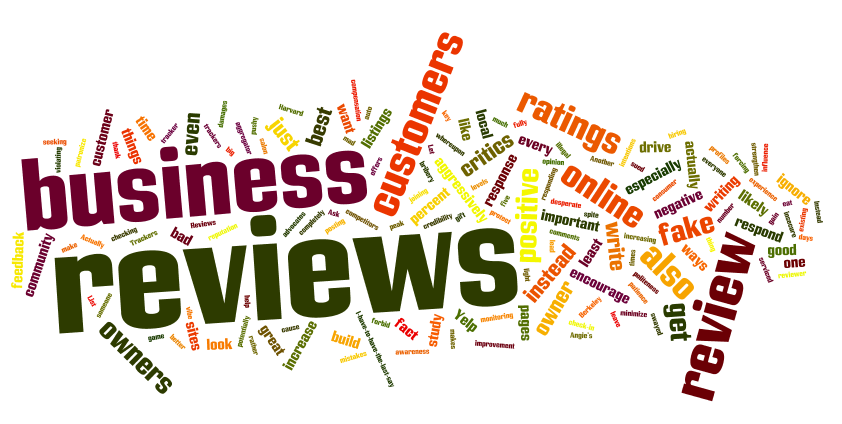What/Who is a Stakeholder?
A person, group or organization that has an interest in a company, and can either affect or be affected by the business. They can be affected by the organization’s actions, objectives and policies. The primary or we can say major stakeholders in a corporation are its investors, employees and Customers. But the modern theory is a bit different from the traditional one. Now corporations have additional stakeholders such as a trade association or Government, a community etc.
But, not all stakeholders are equal. For example, a company’s customers are entitled to fair trading practices but they are not entitled to the same consideration as the company’s employees.
Internal and External Stakeholder
 A person whose interest in a company is through a direct relationship such as employment, investment or ownership is an Internal Stakeholder.
A person whose interest in a company is through a direct relationship such as employment, investment or ownership is an Internal Stakeholder.
On the other hand we have people who are not directly linked with the company but are affected by the actions and outcomes of the company in some way. Suppliers, creditors and public groups are external stakeholders.
Problems with Stakeholders
A very common problem that arises when a company has numerous stakeholders is that their various self-interests may not all be aligned. In fact, there might be a direct conflict.
The primary goal of a corporation is to maximize profits and enhance Product Value in the market. Labor cost is a critical input cost for most companies; a company may seek to keep these costs under tight control. This might make another important group of stakeholders that is its employees, unhappy. The efficiency of a company depends on how they manage the self-interest and expectations of all the stakeholders.
How to Manage your Stakeholders
“People need to agree on all of the requirements at the start,”
“Not doing so may result in possible delays, cost overruns and failure.”
Ensure all the stakeholders are on the same page and agrees on deliverables and what their roles are.
“It’s very important to establish rules of engagement that define people’s functions, and whether they are leaders or followers. You don’t want followers clamoring to be leaders half-way through.”

Practice good communication.
All the communications should be concise and focus on the progress of the company. It should be meaningful for all the stakeholders. This is something one needs to define very objectively. The team must determine the quality of communication and what it will include. All we want at the end of the day is Results and Progress.
Keep the vision visible.
Company is assumed to have already defined a clear Vision. Keep this vision accessible. It will allow everyone to stay focused on what’s important. Try this and reduce the chance of scope creep.

Engage stakeholders throughout the process.
Experts emphasize that it is important to engage stakeholders in problem-solving, reviewing new requirements, and creating lists of lessons-learned. Remember, one who feels Involved feels Valuable.
Agree on what “done” is.
The Primary stakeholders need to agree on what done looks like. Keep the vision clear from the very first day.

We at Uniwraps Innovations Private Limited strive to create value for each & every stakeholder at every stage. Everyone wants Happy Customer. A Happy customer as a target alone could be very difficult to achieve as it could be costly and almost impossible to achieve without support of another very critical stakeholder group – the employees. Happy employees can give happy customers, much faster & at much lower cost. Empowering them, skilling them, making a good transparent workplace is more important than giving them higher salaries.
It is an entire loop. What comes first is not known but they all intermingle to make the company grow.














